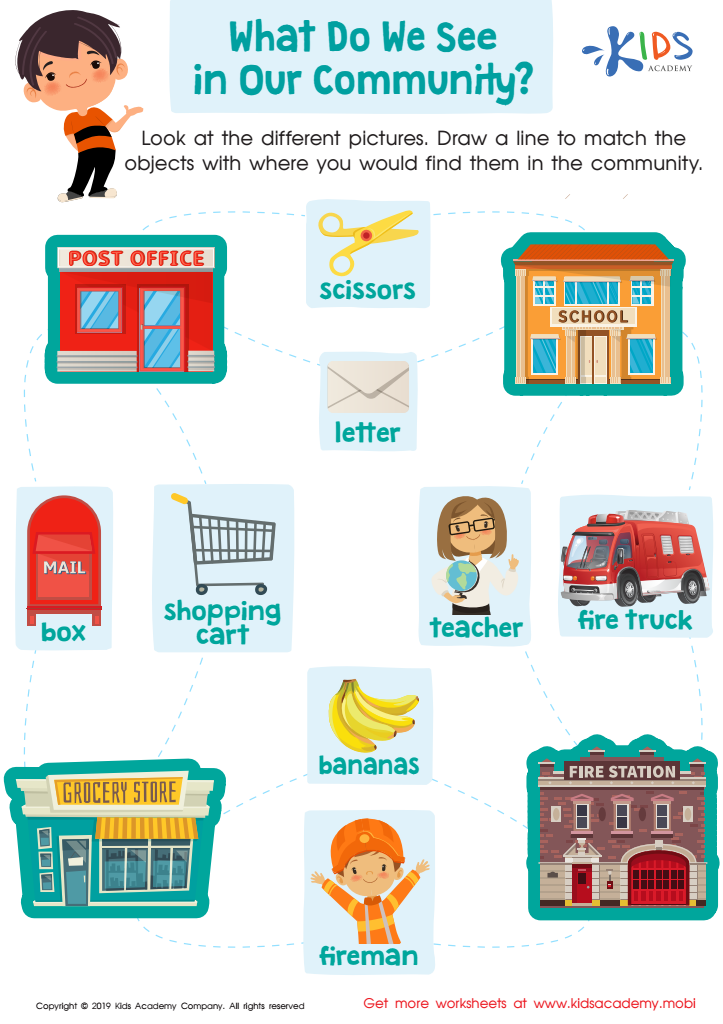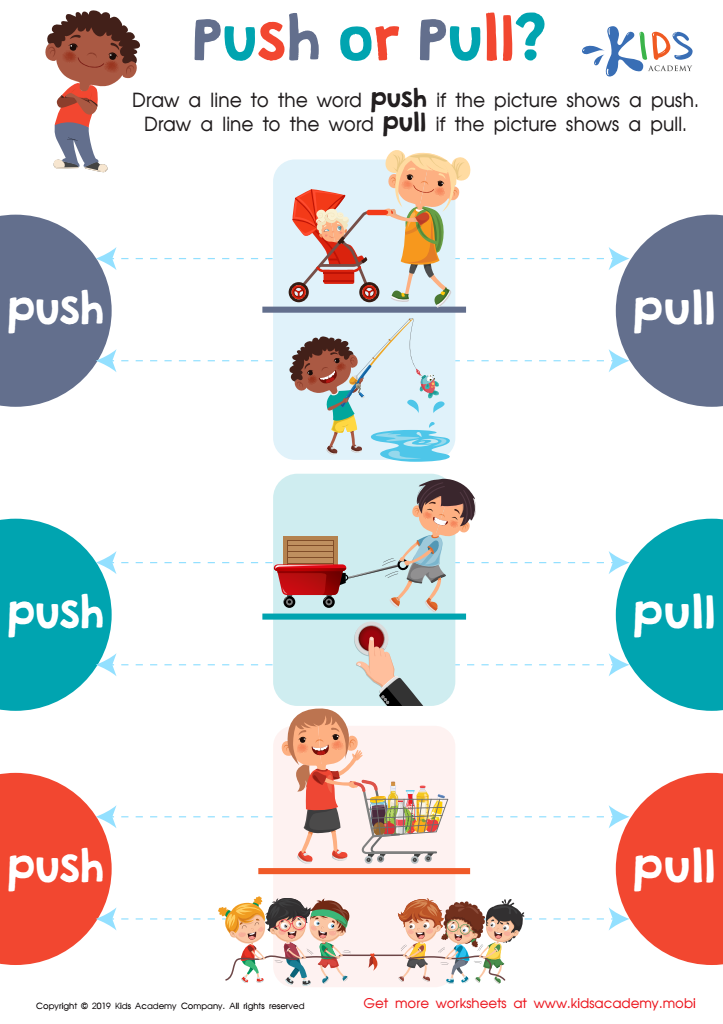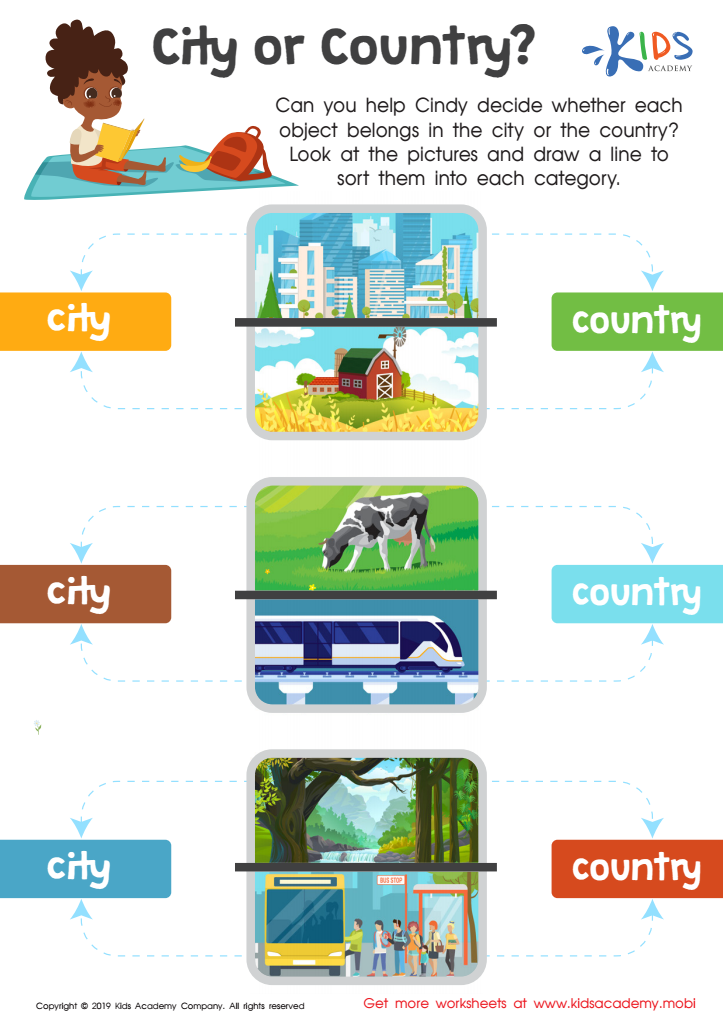Sort Common Objects into Categories - Lesson for Kindergarten, Chapter - Word Relationships and Nuances
In the lesson "Sort Common Objects into Categories," Kindergarten students embark on a captivating journey within the Vocabulary unit of Word Relationships and Nuances. This lesson is meticulously designed to enhance students' observational and analytical skills by engaging them in various activities like "What Do We See in our Community?", "Push or Pull?", "City or Country?", and sorting common objects exercises.
By participating in these activities, students will learn to identify and categorize objects based on their attributes, functions, and the environments they are typically found in. This process is crucial for building a robust vocabulary and understanding how words relate to each other, laying the foundation for effective communication and comprehension skills.
Moreover, categorizing objects strengthens cognitive organization skills, which are essential for logical thinking and problem-solving. The ability to distinguish between different categories helps children make sense of the world around them, fostering curiosity and a love for learning. This skill is not only pivotal in academic settings but also in everyday life, as it aids in organizing information and making informed decisions. Through this lesson, Kindergarten students will gain valuable insights that will support their ongoing educational journey and personal growth.
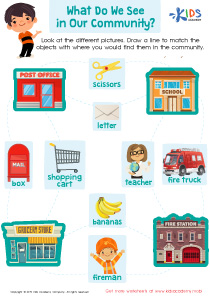
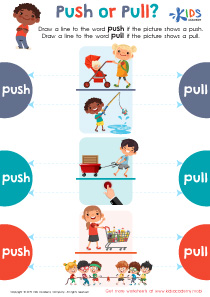

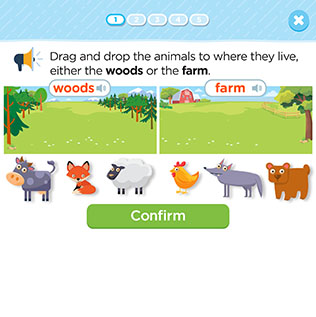
-
Activity 1 / What Do We See in our Community? Worksheet
Learning about what communities are like is one of the best ways for our children to learn about their citizenship and their place in the world. This adorable free worksheet is a great way for your child to have picture representation for things they'd find in their local communities. They'll look at the different pictures and then use the traceable lines to match where they'd find the objects in their local community. It's a great way for them to familiarize themselves with their own environments!
-
Activity 2 / Push or Pull? Worksheet
For young children, the concept of push or pull may be tougher than you think! Especially when they begin writing, you'll see the words used interchangeably and often incorrectly as they don't have solid ideas of what each means. This free worksheet shows your child that pushing means to move something away, while pulling means to bring something toward and gives picture representation of each concept. Using the traceable lines, your child will connect each picture with the correct word and reinforce their ideas for future use in writing and reading.
-
Activity 3 / City or Country? Worksheet
Whether you're a city person or a country person, there are definitely different attributes to both the city and the country. Cities often have big skyscrapers, public transportation and lots of business workers while the country is usually far more rural with lots of nature and often farms. This downloadable PDF will let your child practice helping their friend Cindy decide whether each picture belongs in the country or the city, using the traceable lines to make the correct connections.
-
Activity 4 / Sort Common Objects - Quiz
In this assessment, students will sort familiar items into categories.
